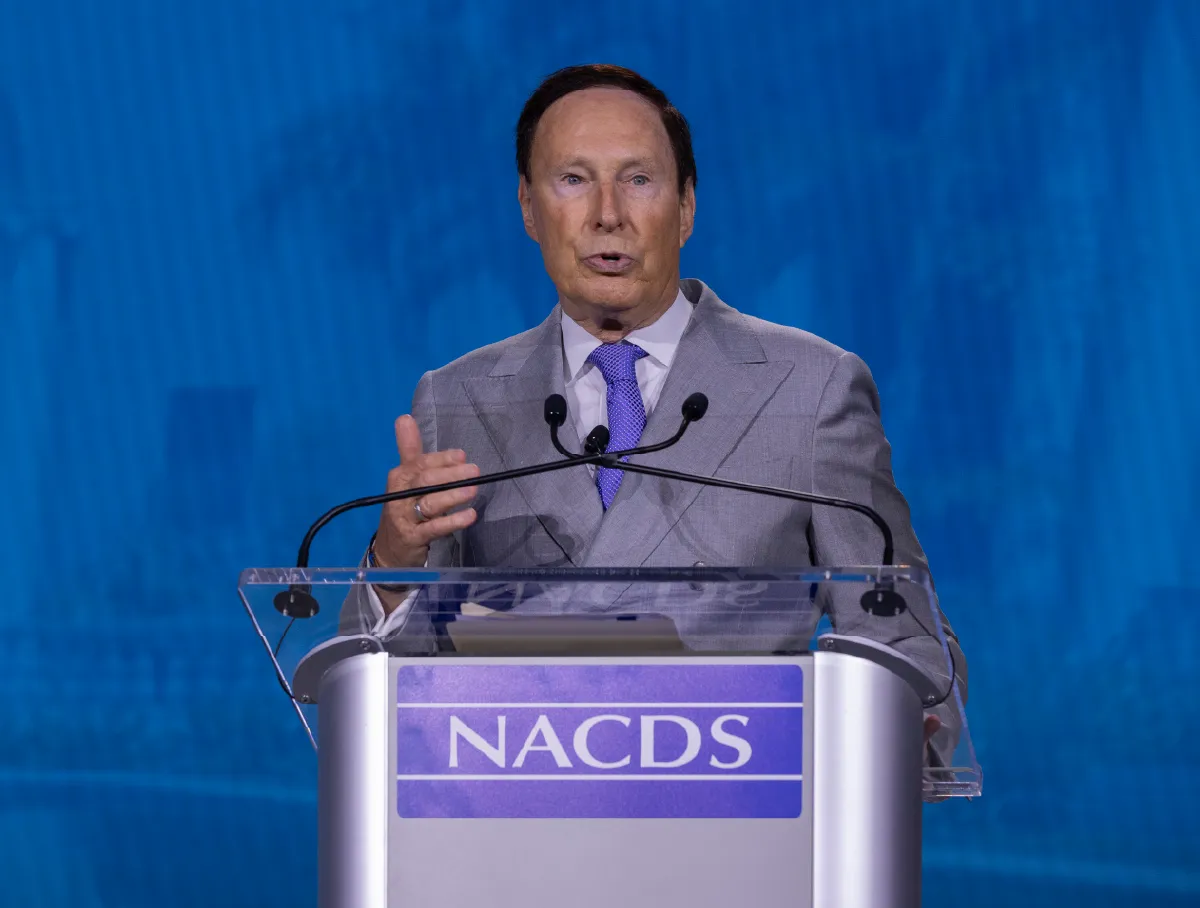By David Pinto
Expect to see further significant changes at Walgreens Boots Alliance in the days ahead. Chief executive officer Tim Wentworth, who joined the company just six months ago, has laid the foundation for a strategic overhaul designed to put WBA back on track amid profound shifts in the retail pharmacy sector.

Tim Wentworth
The first step on the journey is complete. With the appointment of four key executives in February, the management team that Wentworth will call on to reinvigorate WBA is in place. Comprised of newcomers and company veterans, the group will assist Wentworth in determining what road to take, seeking to strike the right balance between WBA’s diverse assets in retailing and health care.
“Together, our executive committee is comprised of individuals that bring an established track record of operational excellence and are all based together in Chicago, working to drive collaboration and acting with urgency to drive results,” Wentworth said during a recent conference call on WBA’s second quarter results. “Over the next three months, we will continue the intense review of our portfolio of assets in an effort to ensure that each contributes to the growth we aspire to deliver and drives our go-forward strategy to be the leading retail pharmacy and health services partner that creates deep relationships and trust.”
Arguably the most notable addition to the management team — one singled out for special treatment during the earnings call — is Mary Langowski, president of U.S. Healthcare, which includes Shields Health Solutions, a specialty pharmacy integrator and accelerator, and WBA’s majority investment in primary care provider VillageMD. A former executive at CVS Health, where she spearheaded efforts to extend the range of health care services on offer, Langowski runs WBA’s newest division, one whose growth and development will have an outsize impact on the company’s fortunes.
“My vantage point of working across providers, pharma, payers and retail has made one thing clear,” she noted. “Very few companies have the platform access and reach of Walgreens. Since the announcement, I have heard from health plans, health systems and others who see an opportunity to partner with Walgreens. They know the value of our community presence; the role our pharmacists can play; and the need for higher-touch, more frequent and lower-cost engagement to drive better health outcomes.”
For the first time in its brief history, WBA’s U.S. Healthcare division reported positive adjusted EBITDA in the second quarter, which in some other respects was challenging. Stemming mostly from a noncash impairment charge related to VillageMD, WBA posted a net loss of $5.9 billion versus a profit of $703 million a year earlier. Meanwhile, sales for the period rose 5.3% to $37.1 billion on a constant currency basis.
Going forward, WBA’s success will hinge on leveraging its core pharmacy services and related assets in the U.S. to carve out a bigger role for the company in supporting patients’ health and well-being.
“We are on a mission to achieve provider status for our pharmacists, given their influence, which was so clearly highlighted during the pandemic,” Wentworth said. “This would allow them to be reimbursed for providing select health care services to patients. These are highly trained clinical professionals just five miles or less from most Americans, whose scope of practice goes well beyond dispensing medications and includes immunizations, patient counseling and point-of-care testing for infectious diseases.
“As an example of what is ultimately possible, in the U.K. [where WBA operates the Boots drug chain], the NHS Pharmacy First Service, which launched on January 31, expands the role of our pharmacists throughout England to advise and prescribe for the treatment of seven common health conditions. This model serves as a use case of new ways to fully deploy pharmacists’ capabilities to lighten the burden on the broader health care system.”
The company will require help to achieve that vision. Changes on the legislative and regulatory fronts are needed, and payors must agree to reimburse WBA and other pharmacy operators for services that are not currently covered. That’s a steep hill to climb, but Wentworth (who prior to joining WBA spent most of his career on the payer side of health care, including almost six years as CEO of Express Scripts) remains undaunted.
“There is real opportunity for change and transparency in reimbursement models to help slow the inflationary pressures on drug prices and our patients’ wallets,” he explained. “We already operate in a number of cost-plus and other alternative reimbursement models very successfully and welcome any model that reimburses us for the unmatched value we provide patients.
“We are having more active and constructive conversations with PBMs and other payers around cost-plus models. Many of these discussions are still in early stages, but they share a general theme. There is value to all from a transparent, predictable model where what patients pay at the counter is rationally tied to the cost of the drug. We don’t expect an industry shift to happen overnight, as there are a number of dynamics that need to be worked out, but it’s especially encouraging to see PBMs and payers open to these models.”
Formidable challenges also exist on the retail side of the business. Front-end sales during the quarter declined 4.5%. Action to reverse that trend is already under way.
“Our shopper is making deliberate choices to seek value resulting in channel-shifting behavior,” said Wentworth. “We’re responding to these market dynamics by making investments in key value items and focusing our capabilities to engage with customers in an intelligent, targeted way. Additionally, we have implemented initiatives to improve front-end performance.
“We are leaning into the massive and timely opportunity to increase own brand penetration now standing at 17.1%, up 95 basis points year over year. We expect that we can further expand with a meaningful margin advantage over national brands. We plan to deepen our partnership with a reduced set of national suppliers, carefully selecting who we work with alongside our own brands.”
It’s clear that adjustments to WBA’s existing business model will be made. At this point, it’s too early to know for certain what those changes will be, but it’s evident that for Wentworth and his team the status quo won’t do.









